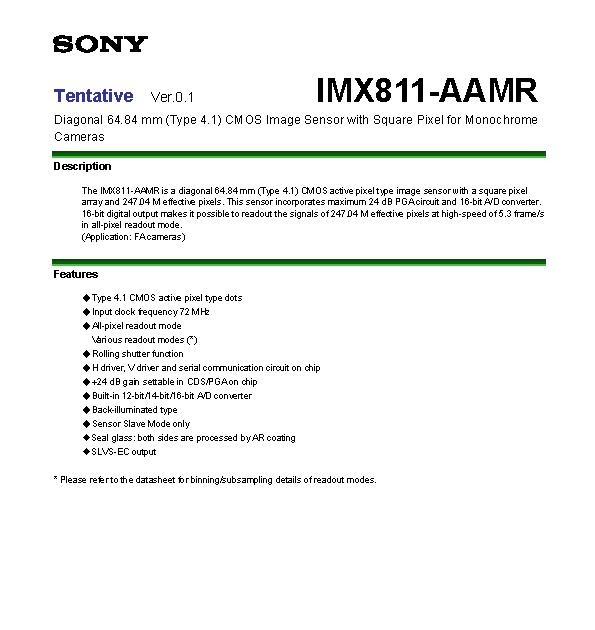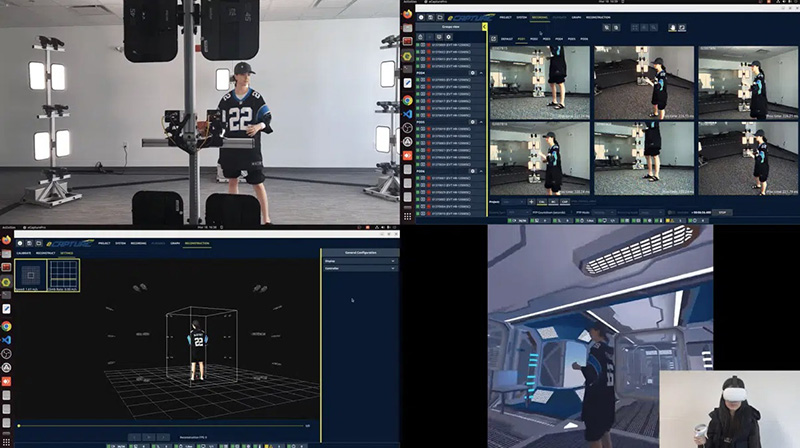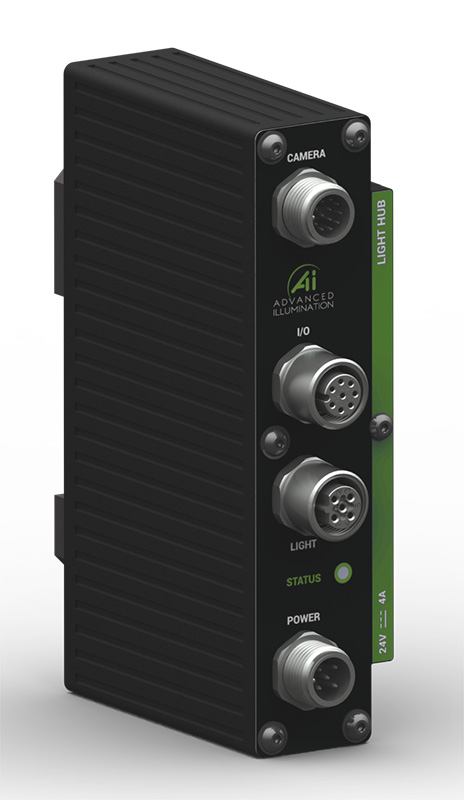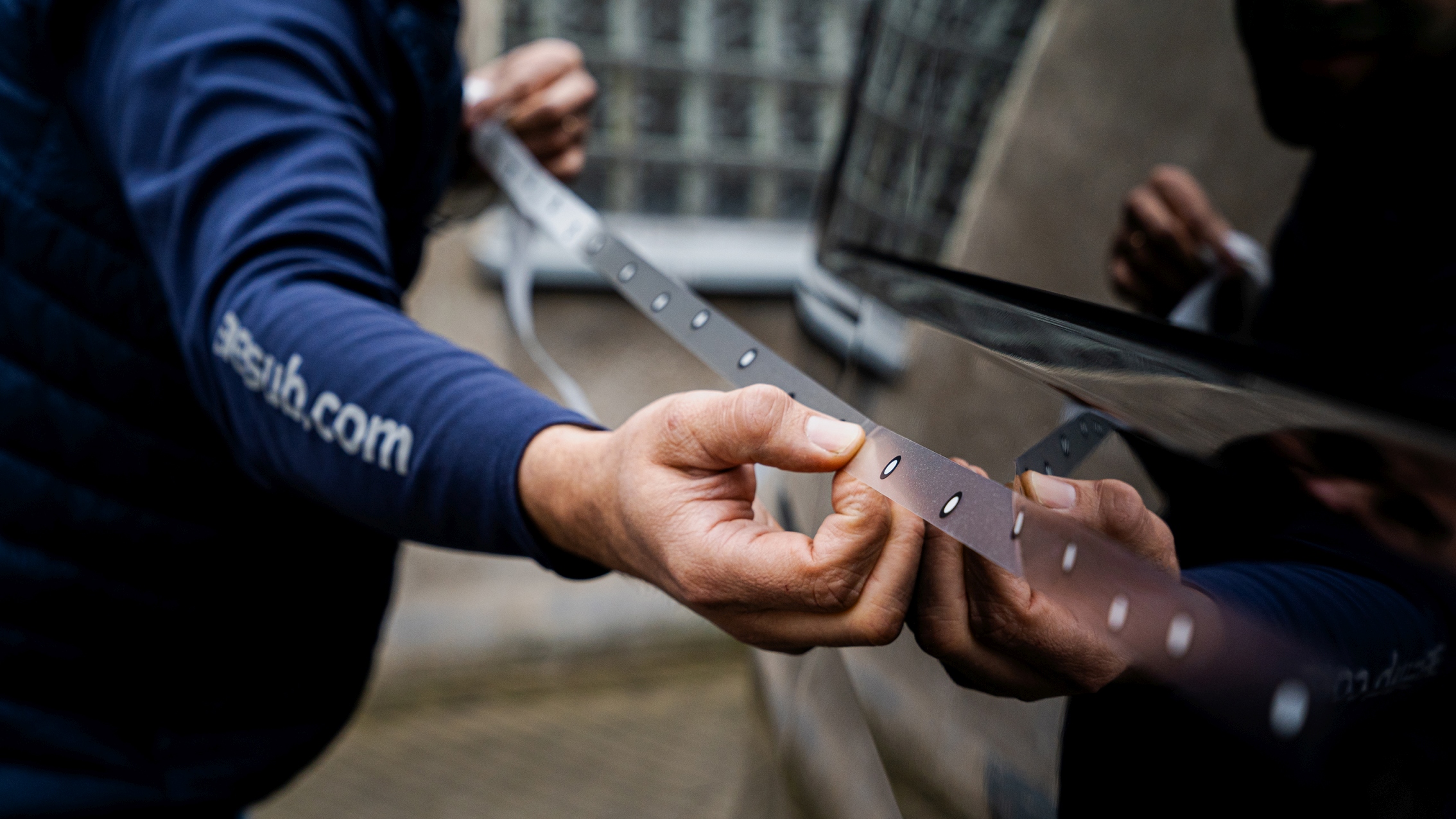
Zero Copy Image transfer
With GigEVision, the problem has been tied to the need to dissect the many Ethernet packets at the receiver to provide the image data to the application in contiguous form which necessitates splitting off the Ethernet packet headers. This can be accomplished in software at a large cost with triple the memory bandwidth and higher CPU utilization (this, incidentally, is what RDMA proponents compare with when discussing pros and cons of traditional GigEVision and RDMA). We avoid this cost by utilizing the built in splitting features of the modern day NICs (Network Interface Card) to perform this Zero copy image transfer.
GigE Vision with Support for TCP
TCP is one protocol explored by some to improve the performance of GigEVision. Some even claim this is a guaranteed transfer mechanism which is completely false. TCP is not a Zero copy process so it triples the required memory bandwidth. In addition, TCP is point-to-point which converges this protocol with CXP and USB which all but eliminates the benefits over those protocols especially since CXP is adopting the Ethernet physical layer in newer revisions to address its own deficiencies. In all senses, TCP is a non-starter for performance applications.
GigE Vision with Support for RDMA/RoCE
RDMA/RoCE is another protocol explored by some for the same reasons. Some will continue to claim THIS is now the guaranteed transfer mechanism which is again false. RDMA is a Zero copy process which is its primary benefit, but, as with TCP, is a point-to-point protocol and incurs network overhead to support its connected nature. It is important to remember that RDMA and TCP were really designed for large data transfer on the internet with many multiple hops through switches and routers with dropped and out of order packets. In machine vision, the systems are closed with controlled routing if switches are used. A reminder also that TCP and RDMA are far from ratified into the GigEVision standard. Rest assured, as the high-speed Ethernet camera leader, that Emergent will integrate the RDMA addition if and when support is ratified. This would be a small effort and would be backward compatible with all existing product we sell and support.

Zero copy GigE Vision with mature GVSP Protocol
Zero copy with header splitting is indeed possible with modern NICs by Nvidia/Mellanox, Broadcom, Intel, and Marvell. Emergent has implementations deployed with Nvidia/Mellanox and Broadcom which are the primary NICs explored by those experimenting with RDMA RoCE which eliminates any concerns surrounding interoperability. In fact, Emergent has been using this same method for over 15 years and have the maximum design-in densities of any interface standard with reliability to match. The same approach is also used for ST2110 for the massive media and entertainment market.
Zero copy does not guarantee Zero data loss in any interface or protocol implementation. Any performance system still needs proper design and margining to achieve desired results. This goes for CXP, RDMA / RoCE, and even optimized GVSP implementations. But we can guarantee that the optimal GVSP implementation will equal or better RDMA/RoCE without turning GigEVision into a point-to-point protocol and eliminating what has made GigEVision the most popular interface over the years. It is important to note that when the retransmission feature of RDMA is engaged that this is a sign of a back up in the system which is also a sign of often undesired latency and jitter. It is also important to note that CXP doesn’t use resends or flow control yet is able to sustain high data transfer rates with optimal receiver performance, low latency and jitter. Much of this can be attributed to adequate buffering on the purpose-built frame grabbers required for CXP. Low-cost NICs often lack sufficient buffering capability however modern NICs are readily available at cost-effective price points with ample physical buffering. It is worth noting at 25Gbps and higher that PoE (power over ethernet) is dead. Thus, new deployments should be focussed on SFP technologies and distributed power systems. It is also noteworthy even at 10GigE speeds that the big NIC providers do not support PoE which forces camera vendors to sell their proprietary card solutions.












